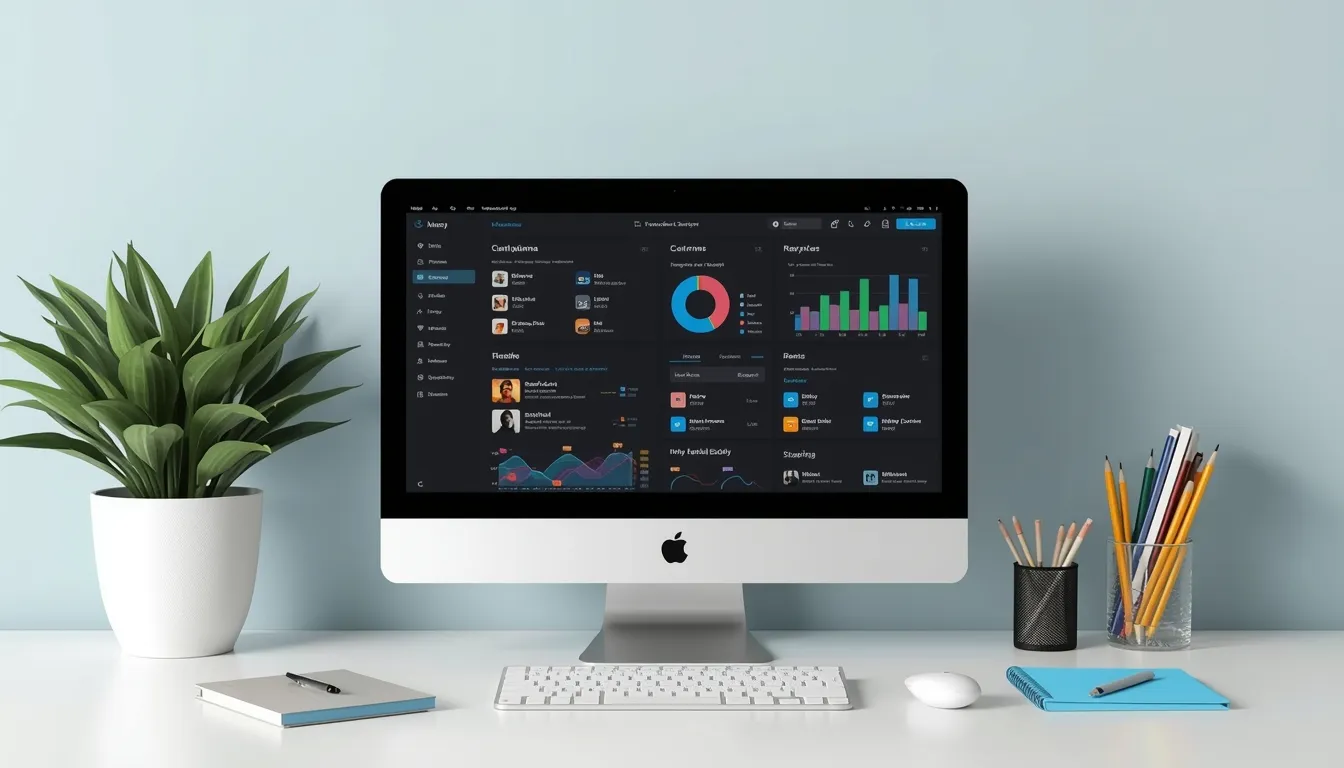The security of the cloud is crucial to all businesses that go to the cloud. This paper examines the cloud security best practices aws vs azure, and the two services demonstrate their approach to compliance, security, and risk. By conducting an easy AWS vs Azure cloud security comparison, you will know the measures to take in order to have safer cloud environments.
When discussing cloud security best practices AWS vs Azure, one can refer to the need to keep the business data secure. Amazon Web Services (AWS) and Microsoft Azure are the two best options of cloud hosting but the two also differ in terms of their security strategies. The question that would have been asked by businesses is: what is better? The fact is that both platforms provide high protection, compliance controls as well as risk management tools. Nevertheless, their cloud environments may be secured differently. This paper will compare AWS and Azure cloud security, discuss cloud compliance and data protection on AWS and Azure, and present the best practices on cloud environment security. At the end, you will be in a good position to understand how to protect your cloud data.
Why Does Cloud Security Matters?
Cloud computing has emerged as the foundation of contemporary business. It enables businesses to save information, execute applications, and expand services without necessarily incurring heavy hardware. However, there are new risks with this growth. Hackers attempt to intrude into systems, data leakage can damage reputations, and legal problems may happen to business in case of violations of rules.
There is more to cloud security than technology. It also incorporates adherence to international regulations, user control and monitoring of threats 24 hours a day. AWS and Azure offer powerful tools, yet customers should use the appropriate practices to be on the safe side.
AWS vs Azure Cloud Security Comparison

Both AWS and Azure are leaders in cloud services. Let’s break down their security features in a simple way.
AWS Security Tools
- Identity and Access Management (IAM): Controls who can access what, this gives you hands on control and monitoring.
- GuardDuty: Finds threats and unusual activity for a better and convenient use.
- Macie: Protects sensitive data like names or credit cards to prevent any fraud and misuse.
- CloudTrail: Keeps a log of all user actions, for maintaining transparency and keep yourself updated with the things.
Azure Security Tools
- Azure Active Directory (AD): Manages user access and identity.
- Azure Security Center: Gives one dashboard to check all risks.
- Azure Key Vault: Protects secrets, passwords, and certificates.
- Azure Sentinel: Uses AI for real-time threat detection.
Key Similarities
- Both platforms offer multi-layer encryption.
- They follow global compliance standards.
- Tools are available for monitoring and auditing.
Key Differences
- AWS offers more services overall, so its security tools are wider.
- Azure integrates better with Microsoft services like Office 365.
- Pricing models and ease of use vary between the two.
Read Also:- Cloud Computing Systems: Types, Architecture & Benefits
Cloud Compliance and Data Protection in AWS and Azure
Compliance is the set of rules businesses must follow, like GDPR in Europe or HIPAA for healthcare. Both AWS and Azure meet these global standards, but they approach compliance differently. In terms of cloud compliance and data protection in AWS and Azure, both do a great job. The difference is in how deeply you want to integrate compliance into your daily workflows.
AWS Compliance and Protection
- Supports more than 100 compliance programs.
- Provides encryption at rest and in transit.
- Offers detailed compliance reports for businesses.
Azure Compliance and Protection
- Known for strong enterprise-level compliance.
- Built-in GDPR and ISO features.
- Provides role-based access controls for sensitive data.
Best Practices for Securing Cloud Environments
Whether you use AWS or Azure, the most effective approach to being safe is sticking to what has worked. These are the best practices in securing cloud environments that can include:
- Turn on Multi-Factor Authentication (MFA): Password use should never be used. MFA will provide an additional protection.
- Use the Principle of Least Privilege: Provide users with the minimum access. This minimises the chances of abuse.
- Updates and patches: You should always update your systems. Aging software contains security vulnerabilities.
- Constant Surveillance: Keep an eye on suspicious events using in-built programs.
AWS Best Practices
- Use AWS IAM to control access.
- Turn on GuardDuty for threat detection.
- Encrypt data with AWS KMS (Key Management Service).
- Review security groups and firewall rules regularly.
Azure Best Practices
- Use Azure AD for identity protection.
- Enable Azure Sentinel for real-time monitoring.
- Secure apps with Azure Application Gateway.
- Keep keys and secrets safe in Azure Key Vault.
By following these best practices for securing cloud environments, you reduce the chance of data loss or cyberattacks.
Read More:- A Guide to the 3 Types of Cloud Computing
Choosing Between AWS and Azure for Security
Deciding between AWS and Azure often comes down to what your business needs most. If your company already uses Microsoft products, Azure may be smoother. If you need a wide range of cloud services with strong security, AWS may be better.
| Feature | AWS | Azure |
| Compliance | Wide coverage of industries | Strong for enterprises |
| Security Tools | GuardDuty, Macie, CloudTrail | Sentinel, Security Center, Key Vault |
| Integration | Best with AWS ecosystem | Best with Microsoft services |
| Ease of Use | Broad but complex | Simple for MS-focused companies |
Final Thoughts on Cloud Security Best Practices AWS vs Azure
Two large cloud services that assist in ensuring safety of data are AWS and Azure. The AWS vs Azure cloud security comparison is similar yet a bit different in terms of their security. AWS is better in services and Azure is better with Microsoft. They both abide by world rules and secure valuable information. However, the cloud company is not the only one responsible of safety. It is a shared job. The cloud companies are secure on the systems, and the users should have safe practices. This implies that they ought to be guided by best practice to ensure safety of their data. Regardless of the platform you are using, AWS or Azure, when you use the appropriate tools and practices, your cloud will remain secure, safe, and protected.













